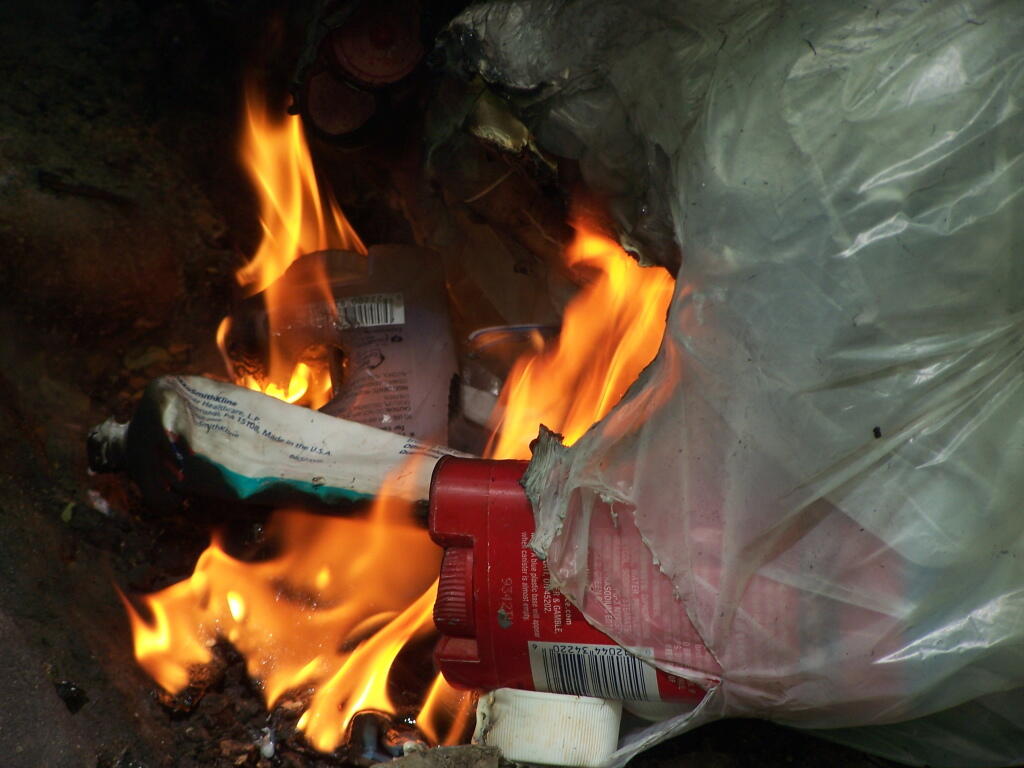Can you be a zero-waste advocate and burn your own trash? 🔥
I am a member of several zero-waste groups. They attract a wide variety of people, some urban-hipsters, some rural farm homesteader types. Inevitably there is some culture clash between the two. One of them over whether or not you can be a zero-waster and have a burn barrel at your rural home or farmstead for non-recyclable, unavoidable packaging and similar trash.🛢
There is no question that anything you burn can’t count as zero waste. Anything that gets burned ends up becoming pollution, be it carbon dioxide or a wide variety of chemicals. But on the other hand, if you are working to aggressively reduce your waste, forgoing weekly trash pick up in favor of reduction of consumption, reuse, burning, composting, and occasional trips to the recycling center, your doing a lot more to reduce your waste output then the typical urban consumer.♻️
Zero-waste living is ultimately not about how you dispose of your trash. It’s about reducing it all together, meaning less that goes to the landfill, the municipal incinerator, the compost pile, or the old burn barrel out back. It’s about living with less, fully utilizing what you have, creating more efficiency in your life, so ultimately your disposal method has a lower impact on the environment.🗑
